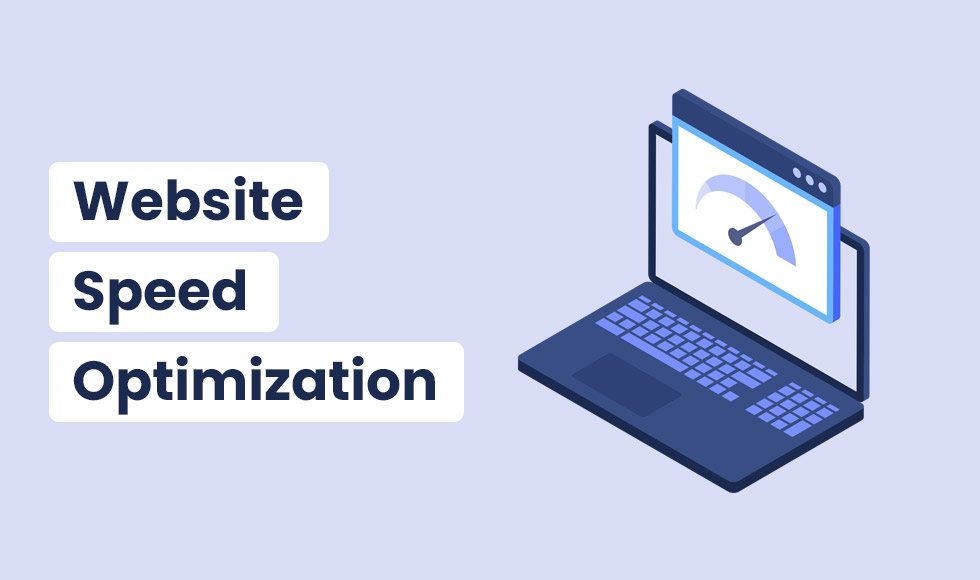Improving your website speed can boost your site’s dwell time, lower the bounce rate and further convert more visitors to your subscribers or customers. Although your web hosting selection plays a big role, even if your website is hosted on a fast WordPress hosting server, you have to do certain website speed optimization that we are going to cover in this detailed guide.
Having a fast-loading website is crucial for online success. Slow websites can frustrate visitors and make them leave before even explore your content or products. By optimizing your website speed, you can create a better user experience and increase the likelihood of turning visitors into loyal customers.
What is website speed optimization?
Website speed optimization refers to the process of improving the performance and loading speed of a website. It involves various techniques and strategies aimed at reducing the time it takes for a web page to load and improving the overall user experience.
The speed at which a website loads is crucial for user satisfaction and engagement. Studies have shown that users tend to abandon websites that take too long to load, leading to higher bounce rates and lower conversion rates. Additionally, search engines like Google consider website speed as one of the factors in determining search engine rankings.
Fortunately, there are various techniques and strategies you can implement to improve your website’s speed. From optimizing images and reducing server response time to utilizing caching and minimizing JavaScript and CSS files, these methods can significantly enhance your website’s performance.
Remember, a faster website not only benefits your visitors but also improves your search engine rankings. Search engines like Google consider website speed as a ranking factor, so by making your site faster, you increase its chances of appearing higher in search results, driving more organic traffic to your pages.
In today’s digital age, a website’s performance plays a critical role in attracting and retaining visitors. Slow loading times and poor user experiences can lead to high bounce rates, decreased conversions, and ultimately, lost revenue. To ensure optimal performance, it is essential for website owners and developers to implement effective strategies. In this article, we will explore valuable tips to improve website performance, drawing inspiration from the post “Improve Website Performance” by Sematext.
1. Optimize Images
Images are an integral part of modern websites, but large image files can significantly impact load times. To address this issue, it is crucial to optimize image assets by compressing them without compromising quality. Tools such as ImageOptim, TinyPNG, and Kraken.io can help reduce image sizes, resulting in faster loading times.
2. Minify and Combine CSS and JavaScript
Minifying CSS and JavaScript files involve removing unnecessary characters and white spaces, resulting in reduced file sizes. This process enables quicker downloads, enhancing website performance. Additionally, combining multiple CSS and JavaScript files into a single file can further reduce the number of HTTP requests and improve load times. You can go for any optimized WordPress theme pack to get better website speed.
3. Utilize Browser Caching
Browser caching allows website assets to be stored on a user’s device, eliminating the need to retrieve them from the server during subsequent visits. By specifying appropriate caching headers, such as Expires and Cache-Control, you can improve website performance significantly. This reduces server load and provides a faster experience for returning visitors.
4. Enable GZIP Compression
Implementing GZIP compression can significantly reduce the size of HTML, CSS, and JavaScript files. This compression technique compresses data before transmitting it to the user’s browser and decompresses it upon arrival. By enabling GZIP compression, you can achieve substantial bandwidth savings and accelerate website loading times.
5. Implement Content Delivery Networks (CDNs)
Content Delivery Networks (CDNs) distribute your website’s assets across multiple servers worldwide, allowing users to download them from the server closest to their geographical location. By reducing the physical distance between the server and the user, CDNs can greatly improve website performance. Popular CDNs like Cloudflare, Akamai, and CloudFront offer easy integration and enhanced scalability.
6. Optimize Database Performance
Efficient database queries are crucial for maintaining fast website performance. Indexing frequently accessed database fields, reducing the number of queries, and optimizing database tables can significantly improve response times. Regularly cleaning up unused data and implementing database caching techniques can also enhance overall performance.
7. Utilize Content Delivery Networks for Media Files
Serving media files, such as images and videos, directly from your web server can consume substantial bandwidth and slow down website performance. By utilizing specialized media CDNs like Cloudinary or Vimeo, you can offload the delivery of media files to dedicated servers, ensuring faster load times and a smoother user experience.
8. Monitor and Analyze Performance
Regular monitoring and analysis are essential to identify performance bottlenecks and areas for improvement. Utilize tools like Google Analytics, New Relic, or Pingdom to gain insights into page load times, server response times, and other performance metrics. By identifying and addressing issues promptly, you can continuously optimize your website’s performance.
Conclusion: Final thoughts
Website speed optimization is a crucial aspect of running a successful online business. By prioritizing and implementing strategies to improve your website’s speed, you can enhance the user experience, increase visitor engagement, and ultimately boost your conversion rates.
A faster website not only keeps visitors happy and engaged but also improves your search engine rankings, leading to increased visibility and organic traffic. Don’t underestimate the power of a speedy website in today’s digital landscape—it can make a significant difference in your online presence and overall business success.
So take the time to optimize your website speed and reap the benefits of improved performance and satisfied customers.
